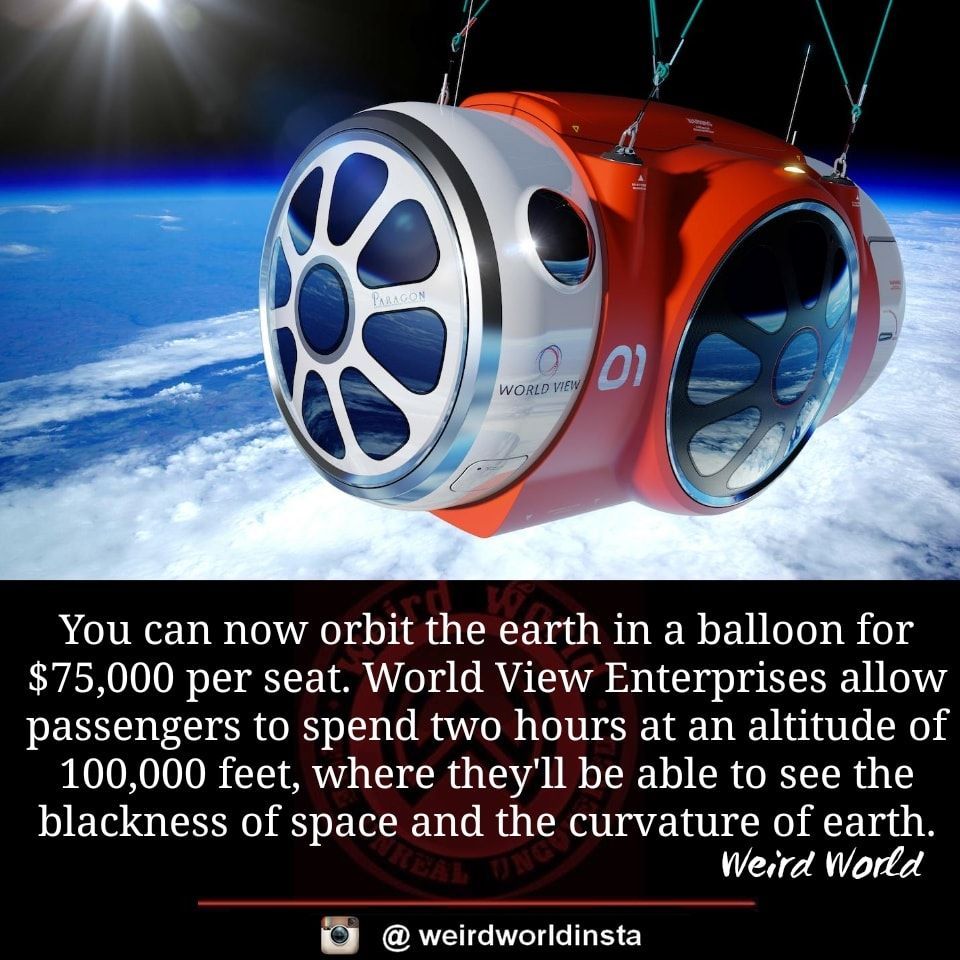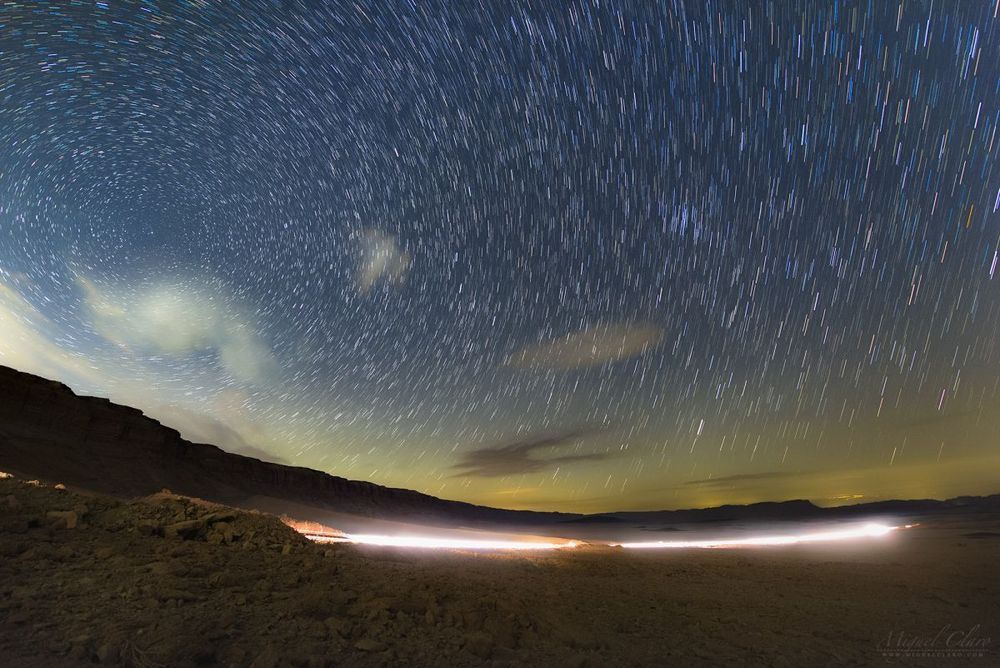At Annual Meeting of the New Champions 2019 in Dalian, 1–3 July “Next 10 Years: What To Expect In China’s Artificial Intelligence Future” was discussed.
Category: futurism – Page 1,052

An Arctic Fox Has Been Tracked Walking 2,700 Miles From Norway All The Way to Canada
At first, the scientists wondered whether it was a mistake.
Just 21 days after leaving the Norwegian island of Spitsbergen, an arctic fox had arrived in Greenland. And in less than three months, it made it to Canada. The fox averaged nearly 30 miles a day (50 kilometers) — some days, though, it walked almost 100 (160 kilometers).
“When it started happening, we thought ‘is this really true?’” said Arnaud Tarroux, one of the researchers who tracked the female fox. Was there “an error in the data?”

What If Humanity Was A Type III Civilization? | Unveiled
According to the Kardashev Scale, a Type III Civilization should be able to harness the power of an entire galaxy… Humanity isn’t quite there yet, but what will our lives be like if we ever do become an advanced, Type III, intergalactic species? In this video, Unveiled looks far into the future, to see how far humankind could possibly go as we continue to explore and understand the universe around us…
This is Unveiled, giving you incredible answers to extraordinary questions!
Find more amazing videos for your curiosity here:
What If There’s A Mirror Universe — https://www.youtube.com/watch?v=dvs-H5vU3NY
What If Andromeda Collides With the Milky Way? — https://www.youtube.com/watch?v=X5-fSADihd4
Are you constantly curious? Are you a fiend for facts? Then subscribe for more from Unveiled ► https://goo.gl/GmtyPv
#KardashevScale #Civilization #Advanced #Future #Futuristic
Some Animal Hearts Can Adapt to Survive Without Oxygen, And Scientists Are Intrigued
During winter time, some snapping turtles like to hibernate in ponds and lakes. Safely tucked away underneath a thin layer of ice, these freshwater reptiles can survive up to six months without any oxygen to speak of.
How their bodies can cope with this depends on the way they were raised, it turns out. New research has revealed that when turtle embryos are exposed to low levels of oxygen, it programs their hearts to be more resilient to such conditions for the rest of their lives.
From the very start of their existence, it appears these incredible creatures are primed for a life of aquatic hypoxia. Developing in nests deep beneath the water, their embryos can sometimes be subject to as little as 11 percent oxygen, and this can permanently alter their cardiac structure and function.
Lift eFoil Review — Electric Surfboard!
We review the Lift eFoil, an electric hydrofoil surfboard that is currently on the market for $12,000 to find out- is it tech we want? https://techwewant.com/lift-efoil-review-electric-hydrofoil-…eb79941e2c
Check out Lift eFoil: https://liftfoils.com/

Two Viking Age ship burials discovered in Sweden
A unique find of two boat burials from the Viking Age have been discovered in Sweden. One of the two graves was intact with remains of a man, a horse and a dog.
The two boat burials were found during an excavation at the vicarage in Gamla Uppsala last autumn. A medieval cellar and a well were excavated and then one of the boats was observed beneath the more modern structures. The two boat burials have been excavated during the last month and the results are sensational. “This is a unique excavation, the last burial ship here was excavated 50 years ago,” says archaeologist Anton Seiler.
A ship burial was a specific funeral practice in which the dead person was placed in a ship or boat often along with rich gifts like jewellery or sets of weapons and other objects. This kind of grave typically dates back to the Vendel Period (around 550–800 AD) or the Viking Age (800‑1050 AD), when it otherwise was common to cremate the dead. The graves can therefore be very well preserved. This custom was probably reserved for people of a higher social standing in society.
Here are 3 terrifying facts that show how much we’re damaging the earth
Wildlife: ⬇️ Biodiversity: ⬇️ Human population: ⬆️.


Star Trails Swirl Over Israel’s Negev Desert (Photo)
Miguel Claro is a professional photographer, author and science communicator based in Lisbon, Portugal, who creates spectacular images of the night sky. As a European Southern Observatory photo ambassador, a member of The World At Night and the official astrophotographer of the Dark Sky Alqueva Reserve, he specializes in astronomical “skyscapes” that connect Earth and the night sky. Join him here as he takes us through his photograph “Light Trails in Israel Desert.”
Star trails circle over Ramon Crater in this long-exposure photo of the night sky over Israel’s Negev Desert.
I captured this photo from inside Ramon Crater (also known as Makhtesh Ramon), the world’s largest erosion cirque. The Ramon Crater geological formation has nothing to do with a meteor strike, despite its name. Rather, this “crater” formed about 220 million years ago when the ocean that once covered the area dried up. The eroding ocean floor then gave way to the crater-like valley we see there today.